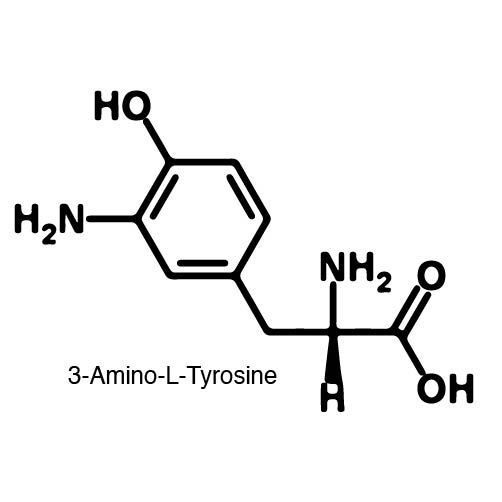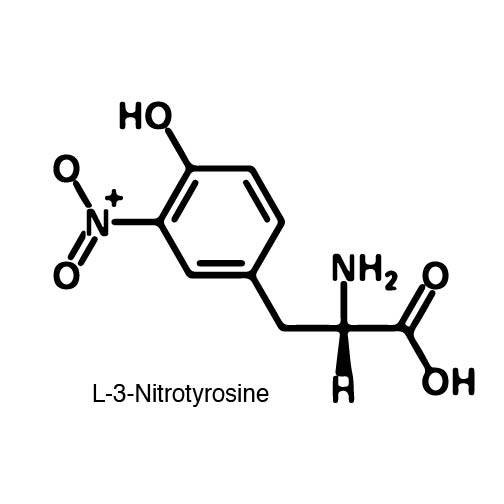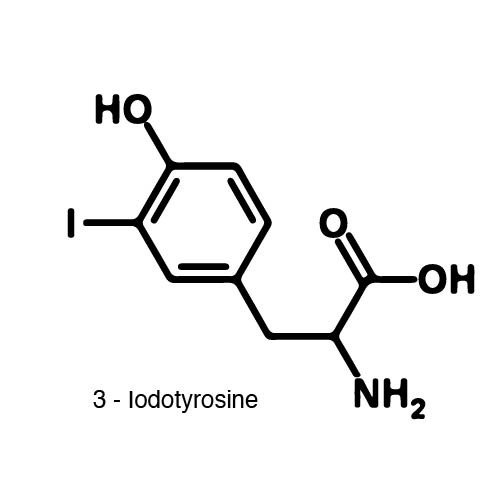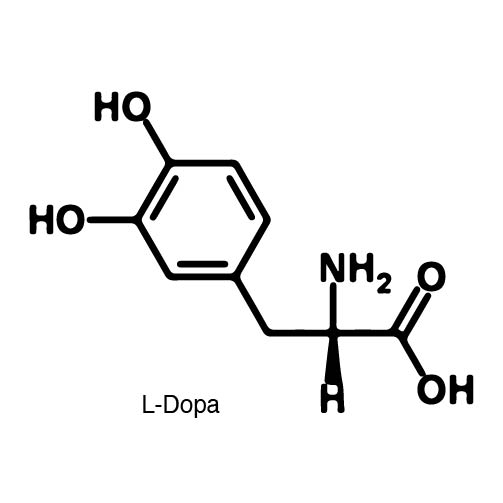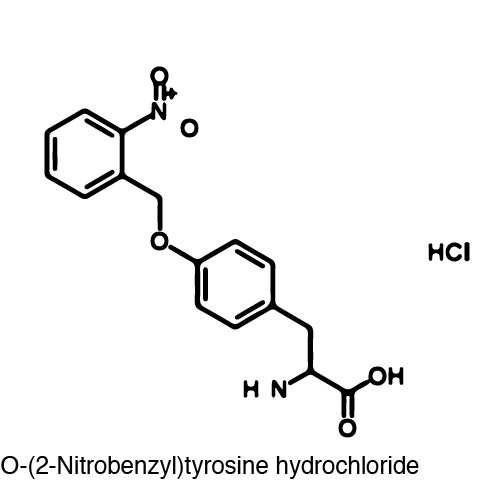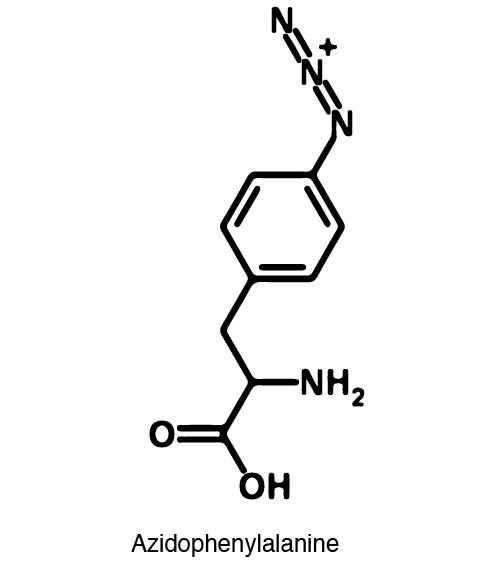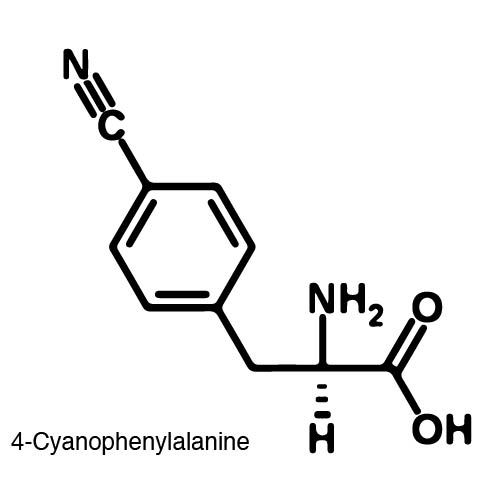Team:Austin Texas/kit
From 2014.igem.org
(→Kit Introduction) |
(→Background) |
||
| Line 83: | Line 83: | ||
==Background== | ==Background== | ||
| - | The genetic code is a composition of 20 highly conserved amino acids that are essential to all organisms on Earth. While | + | The genetic code is a composition of 20 highly conserved amino acids that are essential to all organisms on Earth. While the genetic code is specific, it is also degenerate, meaning that more than one codon can encode for the incorporation of a specific amino acid. For example, there are six serine codons and three stop codons (called amber, ochre, and opal). By recoding one of the redundant codons, the recoded codon can signal for the incorporation of a non-canonical amino acid (ncAA) rather than the codon's original usage. Of the three stop codons, the amber codon is the least abundant and thus, the easiest and most efficient to recode. |
| + | |||
| + | |||
| + | ''[Maybe a paragraph on the first recoding??? what amino acid tRNA synthetase and tRNA was used...? This could then transition to something from the following paragraph... but the following paragraph need to be shortened. We would rather talk more about ncAA than amberless e. coli. '''-dennis''']'' | ||
| + | |||
Complications arise when the genetic code is recoded. In a normal bacterium, release factor RF1 is responsible for terminating translation when the ribosome reaches the amber stop codon. To avoid termination at a UAG amber codon, a strain of ''E. coli'' was engineered by the Church and Isaacs groups using MAGE and CAGE ('''ref''') to remove all of the amber codons from the genome and knock out the RF1 gene. The resulting strain, called "amberless" ''E. coli'', has its amber codon free to code for any ncAA. During translation, a synthetase with mutations that allow the acceptance of a different amino acid than the wild type charges that ncAA onto a tRNA with the amber codon's anticodon, CUA, when both are present in the cell. | Complications arise when the genetic code is recoded. In a normal bacterium, release factor RF1 is responsible for terminating translation when the ribosome reaches the amber stop codon. To avoid termination at a UAG amber codon, a strain of ''E. coli'' was engineered by the Church and Isaacs groups using MAGE and CAGE ('''ref''') to remove all of the amber codons from the genome and knock out the RF1 gene. The resulting strain, called "amberless" ''E. coli'', has its amber codon free to code for any ncAA. During translation, a synthetase with mutations that allow the acceptance of a different amino acid than the wild type charges that ncAA onto a tRNA with the amber codon's anticodon, CUA, when both are present in the cell. | ||
Revision as of 19:23, 13 October 2014
|
 "
"




